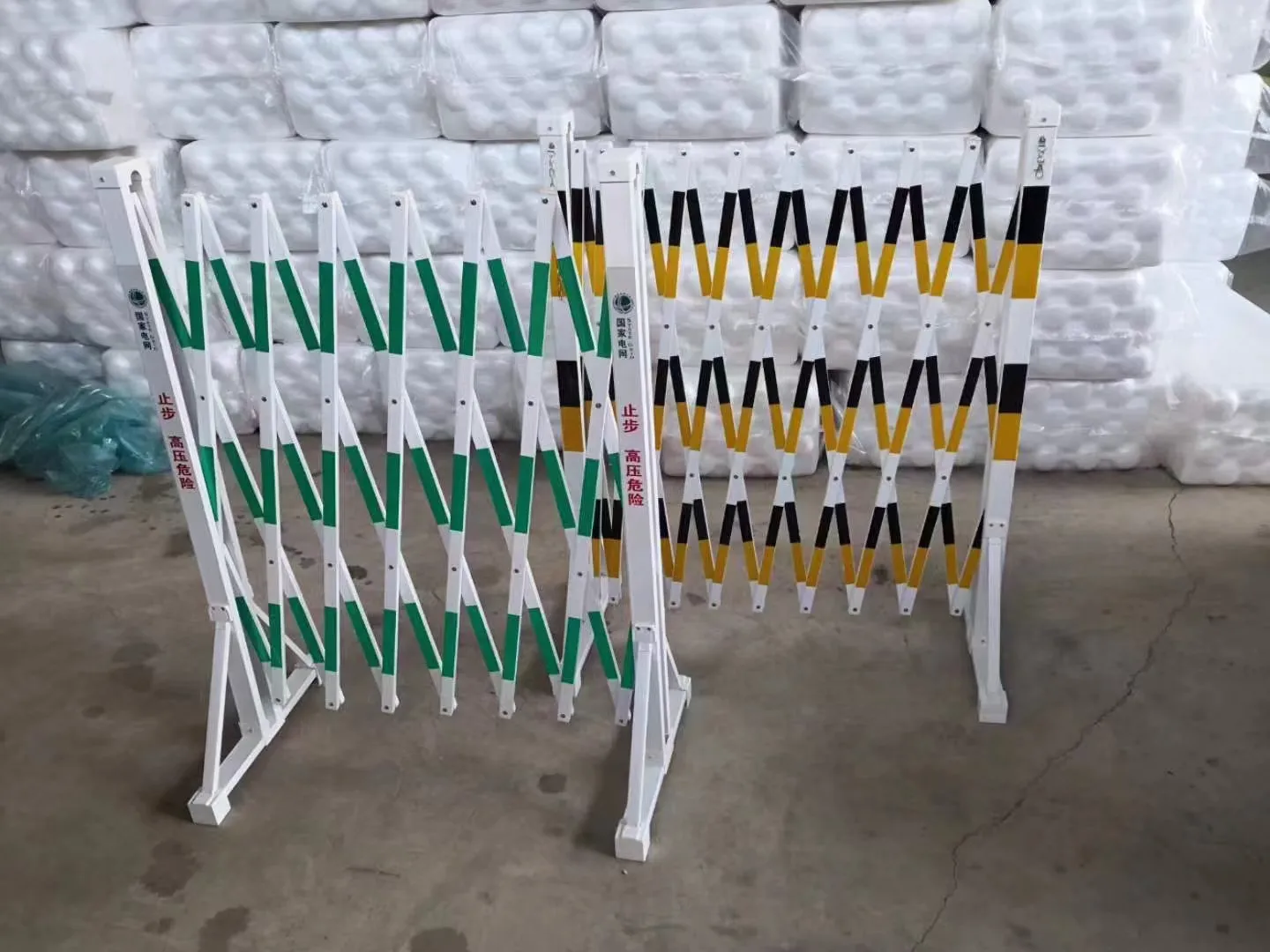loading...
- No. 9, Xingyuan South Street, Dongwaihuan Road, Zaoqiang County, Hengshui, Hebei, China
- admin@zjcomposites.com
- +86 15097380338
- Welcome to visit our website!
grp structures
Understanding GRP Structures The Future of Construction
Glass Reinforced Plastic (GRP), often known as Fiberglass, has gained significant attention in the construction and manufacturing industries for its remarkable properties and versatility. GRP structures utilize a composite material that consists of a polymer matrix reinforced with glass fibers, providing a wide array of benefits that are transforming architectural and engineering practices. This article delves into GRP structures, exploring their characteristics, advantages, applications, and future potential in the construction sector.
Characteristics of GRP Structures
GRP structures are characterized by their lightweight yet robust design. The primary components—glass fibers and resin—result in a material that is both strong and flexible. This combination allows for the creation of complex shapes and forms that would be challenging or impossible to achieve with traditional building materials like steel or concrete. Additionally, GRP exhibits excellent resistance to corrosion, making it suitable for environments that are exposed to harsh chemicals and moisture. Its non-conductive properties further enhance safety, as it does not conduct electricity.
Another notable characteristic of GRP is its aesthetic versatility. The material can be manufactured in a variety of colors and finishes, allowing architects and designers to play creatively with appearances while maintaining structural integrity. Moreover, GRP can be molded into various textures and patterns, resulting in visually appealing designs that can complement any architectural vision.
Advantages of GRP Structures
1. Durability GRP is highly resistant to environmental factors such as UV radiation, chemicals, and water, ensuring that structures retain their appearance and functionality over time with minimal maintenance.
2. Lightweight The lightweight nature of GRP allows for easier handling and transportation, reducing the overall costs associated with construction logistics. This quality also enables the use of lighter structural supports, which can lead to less intensive foundations.
3. Versatility GRP can be used in a range of applications, including roofing, cladding, flooring, and even furniture. Its adaptability makes it a preferred material in various sectors, including marine, automotive, and industrial.
grp structures

4. Ease of Fabrication GRP components can be pre-fabricated off-site, which accelerates the construction process. This not only shortens project timelines but also minimizes on-site disruption and waste.
5. Environmental Friendliness Many GRP manufacturers are adopting sustainable practices by recycling glass fibers and using eco-friendly resins. Moreover, the longevity and durability of GRP structures contribute to waste reduction over time.
Applications of GRP Structures
GRP structures are increasingly being utilized in different sectors. In the architectural realm, the material is commonly used for façades, domes, and decorative elements due to its aesthetic appeal and design versatility. In industrial settings, GRP offers excellent solutions for chemical storage tanks, walkways, and platforms, where resistance to corrosion is critical.
The marine industry has also embraced GRP as a primary material for boat hulls, components, and even entire vessels. Its lightweight and water-resistant properties provide a significant advantage in marine applications, enhancing performance and efficiency. Similarly, GRP is gaining traction in the infrastructure sector, transforming bridges, tunnels, and pipelines through its strength and resistance to environmental degradation.
The Future of GRP Structures
As technology evolves and the demand for innovative construction materials grows, GRP structures are poised for further advancements. Research into hybrid materials, which combine GRP with other composites, is likely to enhance performance capabilities, opening new avenues for application.
Moreover, the rising emphasis on sustainability in construction presents an opportunity for GRP. Its recyclability and low maintenance requirements align with modern environmental goals, making it a viable option for eco-friendly construction practices.
In conclusion, GRP structures represent a confluence of strength, versatility, and aesthetic appeal. As the construction industry continues to evolve, the integration of GRP into various applications will undoubtedly shape the future of architecture and engineering, fostering innovations that prioritize both design and sustainability. With its myriad advantages, GRP is not just a material of the future; it is a significant player in the ongoing transformation of modern construction practices.
-
Transform Your Spaces with FRP Grating SolutionsNewsNov.04,2024
-
The Versatility and Strength of FRP RodsNewsNov.04,2024
-
The Excellence of Fiberglass Water TanksNewsNov.04,2024
-
The Benefits of FRP Grating for Your ProjectsNewsNov.04,2024
-
Elevate Your Efficiency with FRP Pressure VesselsNewsNov.04,2024
-
Welcome to the World of FRP Pressure VesselsNewsOct.12,2024
-
Unveiling the Future of Filtration: Why FRP Filter Vessels are a Game ChangerNewsOct.12,2024
